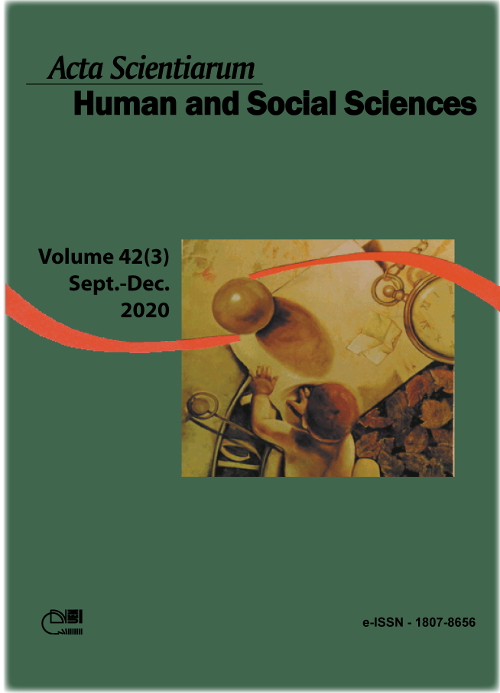Big Data: truth, quasi-truth or post-truth?
Abstract
In this paper we investigate if sentences presented as the result of the application of statistical models and artificial intelligence to large volumes of data – the so-called ‘Big Data’ – can be characterized as semantically true, or as quasi-true, or even if such sentences can only be characterized as probably quasi-false and, in a certain way, post-true; that is, if, in the context of Big Data, the representation of a data domain can be configured as a total structure, or as a partial structure provided with a set of sentences assumed to be true, or if such representation cannot be configured as a partial structure provided with a set of sentences assumed to be true.
Downloads
DECLARATION OF ORIGINALITY AND COPYRIGHTS
I Declare that current article is original and has not been submitted for publication, in part or in whole, to any other national or international journal.
The copyrights belong exclusively to the authors. Published content is licensed under Creative Commons Attribution 4.0 (CC BY 4.0) guidelines, which allows sharing (copy and distribution of the material in any medium or format) and adaptation (remix, transform, and build upon the material) for any purpose, even commercially, under the terms of attribution.
Read this link for further information on how to use CC BY 4.0 properly.























